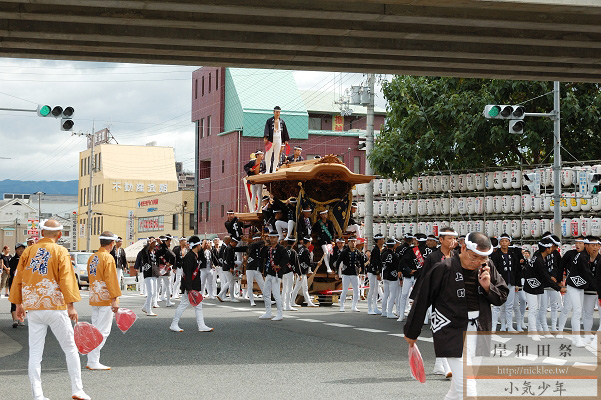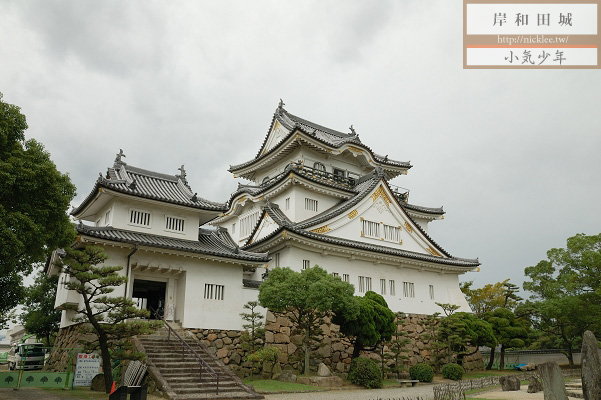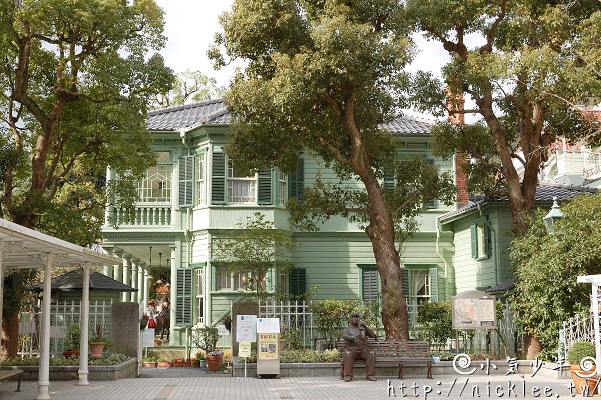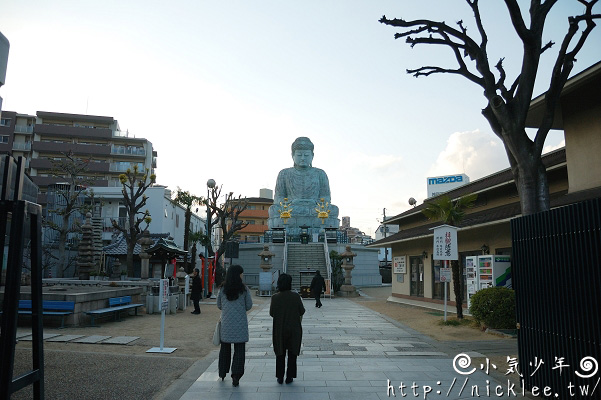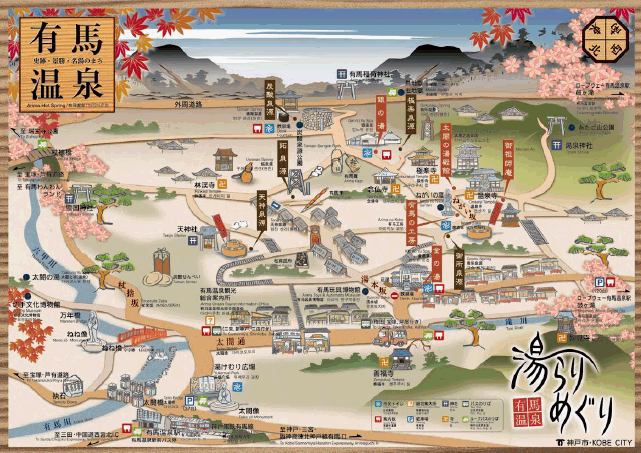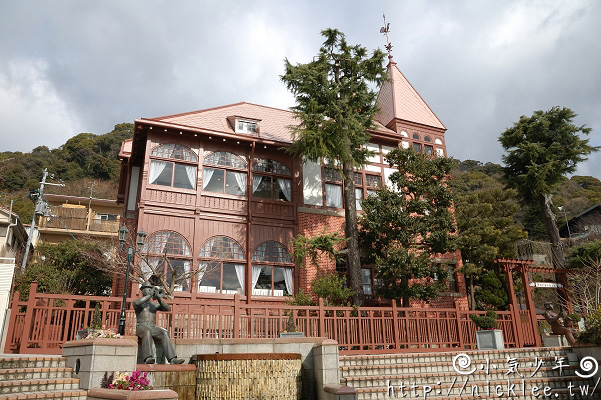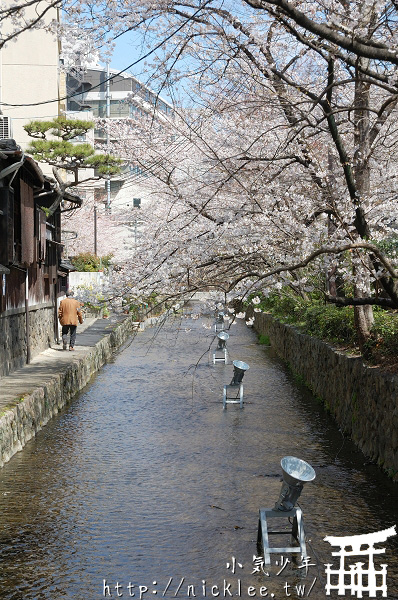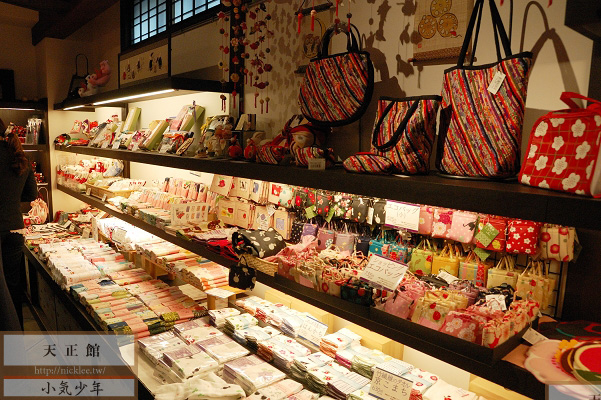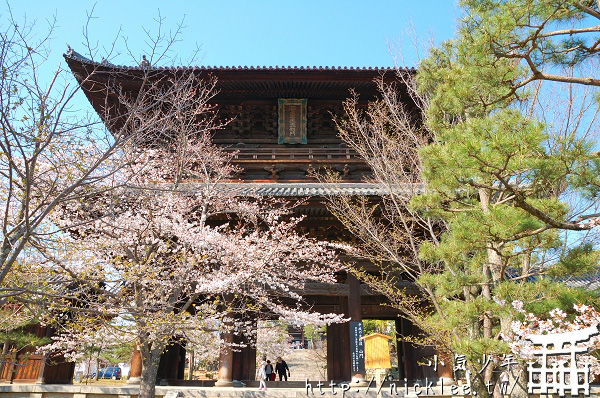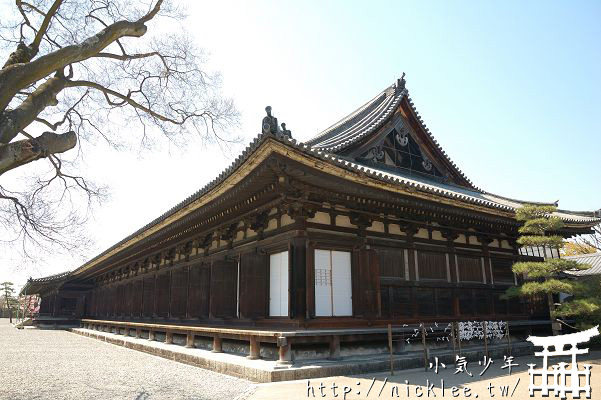If you have the chance, don’t miss the passionate Kishiwada Danjiri Festival! Its true name is Danjiri Festival (Japanese: だんじり祭) and it takes place every September in the Osaka Senshu area. It is one of the most famous festivals in the area. Each town in Osaka Senshu holds its own Danjiri Festival, but each region has its own unique characteristics. Among them, Kishiwada has the largest scale, while Izumiotsu has a more distinctive form.
Category: Japan
Osaka Attractions Kishiwada Castle – A Blend of History and Modern – Must See Hachijin Garden
When I first saw the Kishiwada Castle, it gave me a feeling similar to Himeji Castle. Climbing up to the main tower and looking down, you can see the “Hachijin Garden” created by Mirei Shigemori. This garden holds great artistic and academic value in the history of modern Japanese gardens. Therefore, on October 6, 2014, it was designated as a nationally important scenic spot.
Kobe Attractions – The Moegi House of Kitano Ijinkan (Former Foreign Residences)
The Moegi House was built in 1903 and was once the residence of the American Consul. The Moegi House is a two-story wooden building with decorative wooden panels on the exterior walls. It is known for its unique bay windows (protruding windows) in two different shapes. It is one of the more popular foreigner houses in the Kitano area (Ijin referring to foreigners).
Kobe Attractions – Hyogo Great Buddha
If you have already seen the Great Buddha of Nara’s Todai-ji Temple, then you might not be interested in this Hyogo Great Buddha. Well…yes, if I say this is the Hyogo Great Buddha, would anyone believe it? This is a statue of Taira no Kiyomori, but it lacks the solemn and dignified feeling and instead has a touch of amusement. This statue of Taira no Kiyomori is located on the way from the subway station to the direction of the Great Buddha in Shinkawa Canal. Along the way, you will pass by…
Kobe Attractions – Strolling in Arima Onsen
The Arima Onsen area is quite suitable for taking a leisurely stroll. When I came during the maple season before, I was in a rush and could only take a quick look. This time, I have more time to explore deeper.
Kobe Attractions – The Weathercock House of Kitano Ijinkan (Former Foreign Residences)
The Kobe Kitano area used to have many foreigners living here, so it has preserved some old houses with European and American styles. That’s why the foreigner houses in this area are also called Kitano Ijinkan. “Ijinkan” refers to foreigners in this area. The most common ones are the Moegi House and the Weathercock House. The Weathercock House was built by Mr. G. Thomas, a German businessman who used to live in Kobe. It is the only building with brick walls, and the wind vane on the spire is a familiar feature. It has now become an indispensable symbolic landmark of Kitano-cho.
Kyoto-Weather Kyoto-Street-Scenery Kamogawa Takasegawa Shirakawa-Tsuribashi
During the cherry blossom season in Kyoto, besides visiting famous cherry blossom spots, I personally enjoy taking walks on the lesser-known streets of Kyoto. One of my favorite spots is the area near the Takase River, which runs parallel to the Kamo-gawa.
Kyoto Japanese groceries Store – Kurochiku Tenshokan
There are many shops in Kyoto that sell Japanese groceries, dolls, and artworks. One of the shops I spent the most time exploring is Kurochiku Tenshokan (Japanese: くろちく天正館), located near the Kyoto Municipal Subway – Shijo Station or Hankyu Railway – Karasuma Station.
The Birthplace of the Shinsengumi – Kurotani Konkai-Komyoji Temple
Kurotani Konkai-Komyoji Temple, also known as the source of Mount Hiei, is a sacred Buddhist site in Japan’s modern history. It has gained some fame, for example, as the place of offering for NHK’s historical drama “Jiang (Princesses of the Warring States)”. In addition, it served as a stronghold for the Aizu Clan (Tokugawa camp) during the end of the Edo period and was the birthplace of the rise of the Shinsengumi. Therefore, it is an important historical landmark.
Sanjusangendo with a Thousand Kannon Statues
Sanjusangendo is probably the most challenging and yet rewarding travel article I have ever written. It’s challenging because photography is prohibited inside the temple, so I didn’t have many photos to use. However, it’s also rewarding because I was able to capture some shots from the outside…XD Anyway, before entering Sanjusangendo, I recommend reading the manga “Acala, the Immovable King” (rated R) and “”Peacock King””. Why? Because the deities and monsters inside the temple are depicted in these manga.


